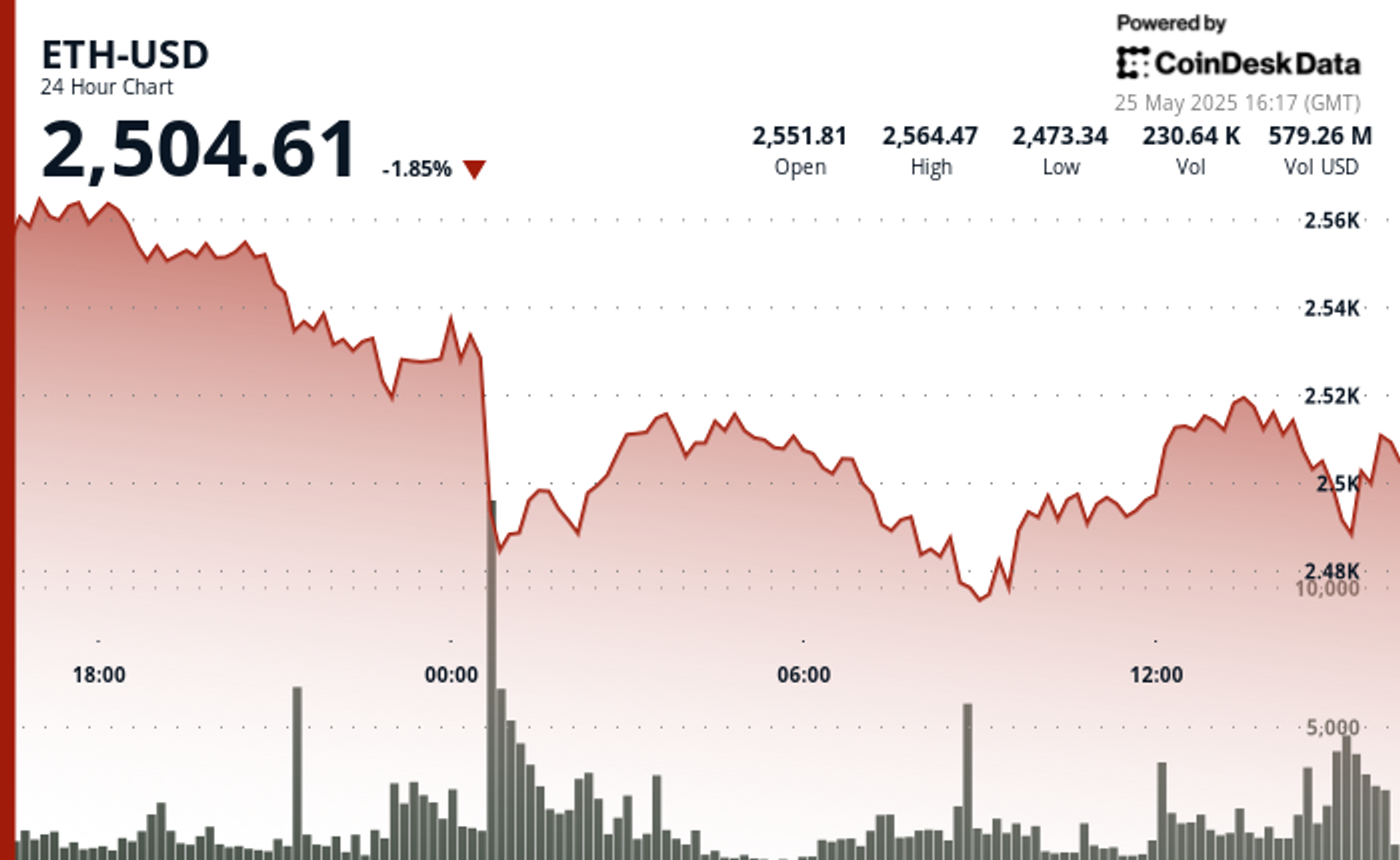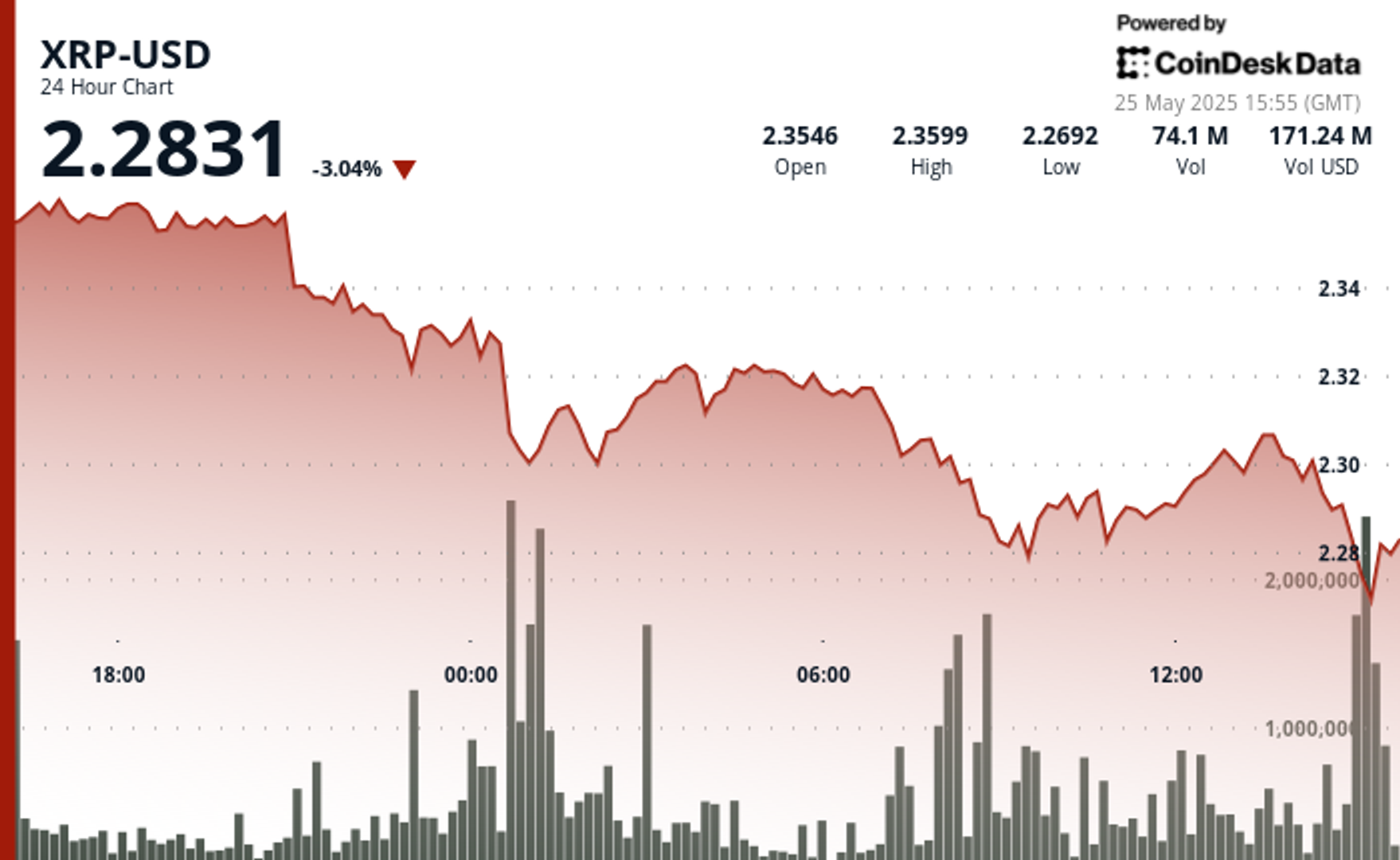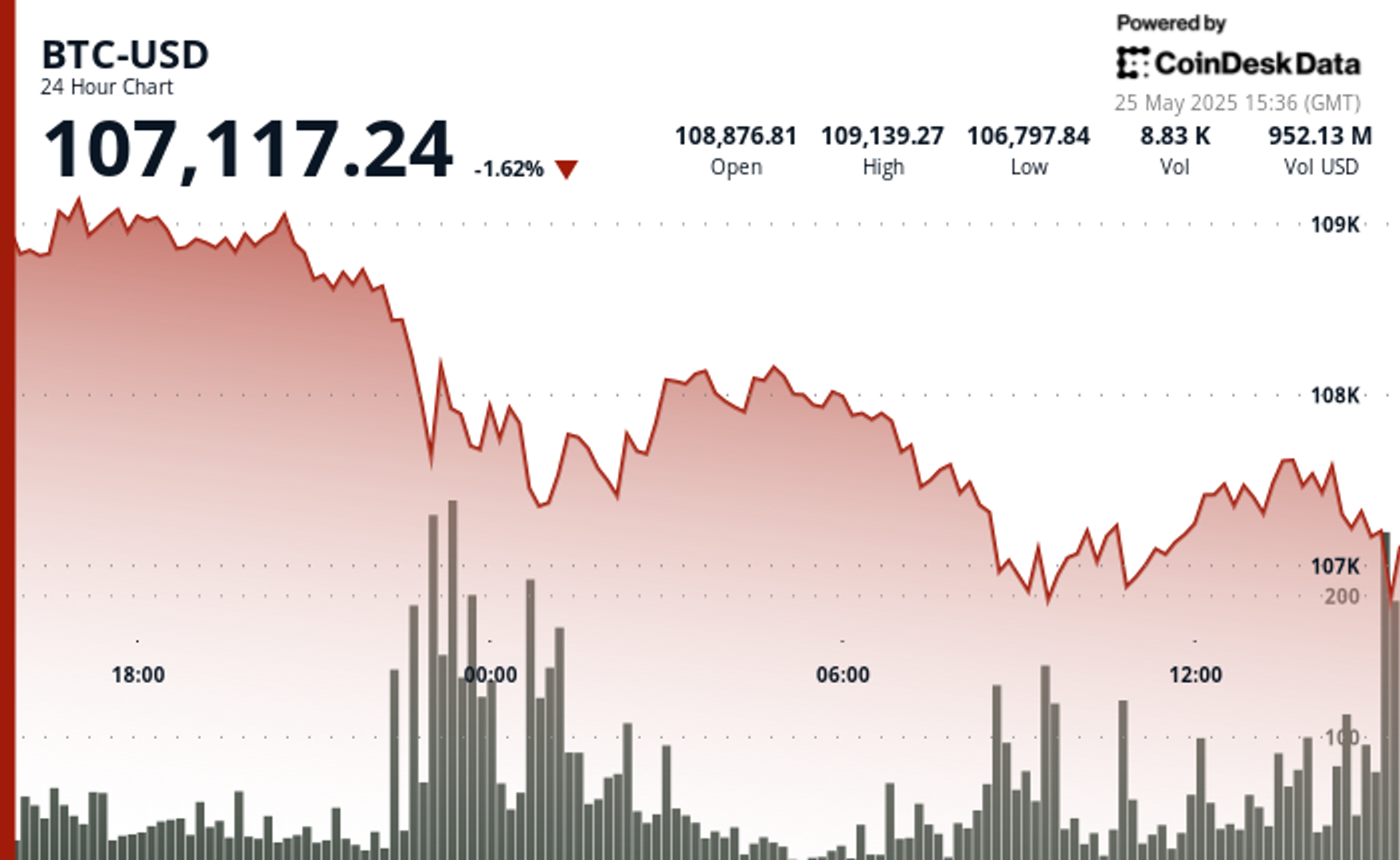Uncategorized
Memecoins Are Not Easy Money

Memecoins, whether people want to accept it or not, have become big business. Without delving into statistics, anyone immersed in the crypto space this year can confirm that memecoins have dominated conversations. Critics often argue that memecoins are just a rehash of Jordan Belfort’s “Wolf of Wall Street” era — a world of unregulated securities and insider trading. This time, however, the penny stocks have been replaced by on-chain memes financialized in ways that make it seem like anyone can create and profit from them.
Yet, this perception of memecoins as a quick, easy way to win a digital lottery and become an overnight millionaire is deeply flawed. While they may be marketed as accessible and egalitarian, the reality is far more complex.
Memecoins thrive not only on mechanics but also on culture. They tap into internet humor, FOMO, and the gamified thrill of financial speculation—making them as much about community as profit. As <a href=»https://www.linkedin.com/in/kelvinsparksjr/» target=»_blank»>Kelvin Sparks Jr., a Research Analyst at </a><a href=»https://www.linkedin.com/in/kelvinsparksjr/» target=»_blank»>The Block</a> who focuses on memecoins, explains, «The absurdity of someone’s path to generational wealth through the likes of a vehicle like Dogecoin is becoming more of an aspiration for Gen-z and late millennials who are boxed out of other investment vehicles. They want to own the culturally relevant lottery ticket and by choosing to spend income and energy on these seemingly silly things are actually making a powerful statement. This statement is countercultural, it is signaling a movement bigger than meme stocks and Occupy Wall St. Currently the Memecoin market cap is around $140 billion at the time of writing, and my guess is that number will be larger a year from now.»
Successfully launching a memecoin requires significant capital, a methodical approach, and often, insider connections. The truth is, many of these projects, which present themselves as grassroots or community-driven, are nothing more than anonymous pyramid schemes in disguise. If people understood the actual mechanics behind their success, they’d realize how inaccessible and orchestrated this supposedly “easy” path truly is. While not all memecoins are scams in disguise, it’s crucial to recognize the risks and realities involved, as this is an ecosystem where real money is at stake.
While memecoins are often perceived as simple and accessible, their success is anything but accidental. Behind every viral token lies a calculated process involving key players, strategic funding, and carefully timed launches. This is where the business of memecoins begins to resemble a finely tuned machine, one that depends on a blend of market psychology, tokenomics, and influential endorsements to create momentum.
If that still sounds too conspiratorial, let’s walk through the steps required to successfully launch a memecoin. Then you can decide for yourselves.
The vision thing
First, you need a meme idea with the potential to generate real buzz. While bringing on an influencer with a big brand might seem like a shortcut, history shows it’s rarely a guaranteed strategy. For instance, the <a href=»https://qz.com/hawk-tuah-memecoin-hailey-welch-crypto-launch-1851714324″ target=»_blank»>recent Hailey Welch token faced massive scrutiny</a> on crypto Twitter for allegedly being a «rug pull.» Whether these accusations hold true remains to be seen, but the controversy alone casts a shadow over the future of celebrity-endorsed memecoins.
After you’ve got the meme idea, it’s time to set the mission and vision. This is where the most critical work begins. You need to develop your tokenomics and outline them in a lite-paper to share with initial investors. This raises essential questions: Which blockchain will you launch on? What will the total token supply be? How soon after the Token Generation Event (TGE) will tokens enter circulation? How will community fund allocations reward early supporters for belief propagation and social mining? What portion will go to private presales, public allocations, team allocations, and treasury reserves? How will the token be priced, and what vesting schedules will be implemented for everyone involved?
If this already seems complex, understand, this is just the beginning. Understanding these mechanics is crucial, as they reveal how the deck is often stacked in favor of insiders, leaving naive investors holding the bag when hype fizzles out.
Why does all this matter? Well, if memecoins are a business like we’ve agreed to, then it will take initial capital investment to turn the idea into more money. And if you want to launch a billion dollar enterprise when it comes to a memecoin, or anything for that matter, it will take some serious initial investment.
Now the work
Once funds are raised, it’s time to start putting them to work. Naturally, the team responsible for all this effort needs to be compensated — after all, most people can’t pay for their food with future token supplies. Treasury reserves are then allocated to ecosystem expansion, infrastructure, and technology development. Liquidity provisioning is another crucial step. Locked liquidity on platforms like Meteora, Jupiter, and Radium ensures smooth trading, specifically if you’re launching on Solana.
Beyond technical requirements, some memecoins organize real-life gatherings, conferences, and charity events to strengthen community bonds. Community members who contribute significantly often receive monetary rewards or token allocations. Finally, if you aim to list on major centralized exchanges, allocating tokens specifically for exchange listings becomes an absolute necessity since that’s where consumer user liquidity lives.
An unspoken rule in the world of memecoins is the pivotal role of Key Opinion Leaders (KOLs). These influencers are often integral to a token’s success, but their involvement is far from impartial. In many cases, KOLs are early investors, acquiring tokens at a fraction of the eventual launch price. By the time the token hits the market, they’ve already made substantial returns. In other cases, tokens are gifted directly to their wallets, further aligning their interests with the token’s success.
Why are KOLs so critical? In a decentralized ecosystem, many rely on influencers to spotlight promising tokens, assuming these figures are unbiased experts or visionaries. The reality is far more calculated: KOLs are often incentivized — financially or otherwise — to promote specific tokens, driving hype and adoption. So, the next time a KOL boasts about identifying a memecoin at its early stages, consider that they were likely paid to do so, conveniently omitting the many tokens they’ve promoted that went nowhere.
A note to add is that KOLs can often be used for what you’d call the “cold start problem”, meaning you want to create a positively reinforcing cycle where tokens are used by the team for different forms of marketing. This marketing takes the shape of grants, non-financial incentives using status with things like displaying certain PFPs, or finding ways to increase profits for holders in the community driving the price up. In an ideal world, a meme plus the word of mouth marketing begets a flywheel that brings in a larger community to scale it. There absolutely have been cases where it was done organically, but striking lighting in a bottle multiple times is no easy feat.
Inherent tension
This insider-driven approach creates a stark tension with the ethos of decentralization, which is meant to empower communities over personalities. The reliance on influencer-driven practices highlights an uncomfortable reality: in many cases, the cult of personality undermines the principles of equity and transparency that crypto is supposed to champion. Though many memecoins are orchestrated ventures, some do achieve success through genuine community engagement and shared enthusiasm, proving that not every project is purely cynical.
The moral or ethical lens of whether memecoins represent a form of financial nihilism is worth considering. But more importantly, people investing their hard-earned money into these digital lotteries need a clearer understanding of what they’re entering into.
None of this is to say there’s no money to be made in memecoins — after all, even the worst pyramid schemes have winners. Some memecoin creators will raise massive sums of money, using it wisely over the years without giving up equity. Savvy investors may also sit on large profits. However, success hinges on understanding the game. The crypto mantra «Do Your Own Research» (DYOR) is key, and knowing the real mechanics behind memecoin launches equips you to better protect yourself and approach these investments smartly.
If you’re still intrigued by memecoins after reading this, that’s great. The goal here wasn’t to add to the moralizing or intellectual debates already surrounding them. Instead, it was to shed light on the reality: while it’s entirely possible to turn $1,000 into $100,000 with memecoins in a short time, it’s far from as simple as the Internet might have you believe.
Understanding the mechanics behind this multi-billion-dollar industry is essential if you want to navigate it intelligently — and only then can you truly find a way to “enter the ring.” In a space where memes have become big business, knowledge is your best defense. Only by understanding the mechanics can you hope to navigate this ecosystem intelligently and, perhaps, turn the odds in your favor.
Uncategorized
Ethereum Surges After Holding $2,477, Fueled by Very Heavy Trading Volume

Global economic tensions and trade disputes continue to influence cryptocurrency markets, with ETH showing resilience despite broader market uncertainty.
The second-largest cryptocurrency is currently navigating a critical technical zone between $2,500-$2,530, which analysts identify as immediate resistance that must be overcome for continued upward movement.
Institutional interest remains strong, with spot Ethereum ETFs recording consecutive days of positive inflows, signaling growing confidence from larger investors despite the recent volatility.
Technical Analysis Highlights
- 24-hour ETH price action revealed a substantial 3.5% range ($99.85).
- Sharp sell-off during midnight hour saw price plummet to $2,477.40, establishing a key support zone.
- Extraordinary volume (291,395 units, nearly 3x average) confirmed the significance of the support level.
- Buyers stepped in at the $2,467-$2,480 support band, confirmed by high-volume accumulation during the 08:00-09:00 period.
- Recent price action shows bullish momentum with ETH reclaiming the $2,515 level.
- Potential higher low pattern suggests the correction may have found its bottom.
- $2,520-$2,530 area remains the immediate resistance to overcome for continued upward movement.
- Significant bullish surge at 13:35 saw price jump from $2,515.85 to $2,521.79, accompanied by exceptional volume (5,839 units).
- Sharp reversal occurred at 14:00, with price dropping 5.07 points to $2,508.02 on heavy volume (4,043 units).
- Hourly range of 14.46 points ($2,508.02-$2,522.48) demonstrates market indecision.
External References
- «Ethereum Holds Above Key Prices – Data Points To $2,900 Level As Bullish Trigger«, NewsBTC, published May 24, 2025.
- «Ethereum Forms Inverse H&S – Bulls Eye Breakout Above $2,700 Level«, Bitcoinist, published May 25, 2025.
- «Ethereum Price Analysis: Is ETH Primed for a ‘Healthy’ Correction?«, CryptoPotato, published May 25, 2025.
Uncategorized
XRP Plunges Below $2.30 Amid Heavy Selling Pressure

Global economic tensions are weighing heavily on cryptocurrency markets as XRP experiences a significant correction amid heavy selling pressure.
The recent announcement of potential 50% tariffs on European Union imports by the US government has triggered widespread market uncertainty, with XRP falling alongside most major cryptocurrencies despite Bitcoin recently reaching new all-time highs.
Technical analysts point to critical support at the $2.25-$2.26 range, with market watchers warning that a break below this level could trigger deeper corrections toward the $1.55-$1.90 zone.
Meanwhile, institutional interest remains strong with Volatility Shares launching an XRP futures ETF and leveraged ETF inflows surging despite the price dip, suggesting Wall Street continues accumulating positions during market weakness.
Technical Analysis Highlights
- XRP underwent a notable 3.46% correction over the 24-hour period, with price declining from $2.361 to $2.303, creating an overall range of $0.084 (3.57%).
- The most significant price action occurred during the midnight hour (00:00), when XRP plummeted to $2.297 on exceptionally high volume (37.1M), establishing a strong volume-based support zone.
- A secondary sell-off at 08:00 saw price touch the period low of $2.280 with the highest volume spike (39.9M), confirming a double-bottom formation.
- In the last hour, XRP experienced significant volatility with a recovery attempt following the earlier correction.
- After reaching a low of $2.297 at 13:11, price formed a base around $2.298 before staging a substantial rally beginning at 13:27, peaking at $2.307 at 13:36-13:39 with exceptionally high volume (627K-480K).
- This bullish momentum created a clear resistance zone at $2.307, which was tested multiple times.
- The final 15 minutes saw profit-taking pressure emerge, with price retracing to $2.300, establishing a short-term support level that aligns with the psychological $2.30 threshold.
External References
- «XRP Price Watch: Consolidation or Collapse? Market Holds Breath Near $2.35«, Bitcoin.com News, published May 24, 2025.
- «XRP Price Prediction For May 25«, CoinPedia, published May 25, 2025.
- «XRP Risks Fall To $1.55 If This Support Level Fails – Analyst«, NewsBTC, published May 25, 2025.
Uncategorized
Bitcoin Drops Below $107.5K as Trump Tariff Threat Triggers Crypto Sell-Off

Bitcoin’s recent pullback has established strong volume-based resistance near $108,300, with support forming in the $106,700-$107,000 zone.
The correction accelerated with a notable price surge from $107,373 to $107,671 between 13:06-13:36, followed by a sharp reversal.
Technical analysis suggests Bitcoin is now trading within a compression zone, trapped between two major fair value gaps that will determine the upcoming market direction.
If bulls reclaim the $109K to $110K area, price could push toward resistance beyond $112K, while a break below $107,000 might test liquidity around $106K.
Technical Analysis Breakdown
- The decline accelerated during the 22:00-23:00 hour on May 24th with exceptionally high volume (16,335 BTC), establishing a strong volume-based resistance near $108,300.
- Support has formed in the $106,700-$107,000 zone where buyers emerged during the 09:00-10:00 period on May 25th, though recovery attempts have been modest with price consolidating around $107,500.
- The overall technical structure suggests a short-term bearish trend with potential for further consolidation before directional clarity emerges.
- Bitcoin experienced significant volatility with a notable price surge from $107,373 to $107,671 between 13:06-13:36, followed by a sharp reversal that saw prices decline to $107,393 by 14:00.
- The most substantial price movement occurred during the 13:35 minute candle where BTC jumped nearly $150 with exceptionally high volume (148.76 BTC), establishing temporary resistance around $107,630.
- Support formed near $107,400 where buyers emerged during the final minutes of the period, though the overall technical structure suggests continued consolidation within the broader correction from the $109,239 high.
External References
- «Bitcoin Price Prediction for May 25: Will Bulls Defend $108K or Is a Deeper Drop Ahead?«, Coin Edition, published May 24, 2025.
- «Why is Bitcoin Price Dropping Now? Will BTC Price Go Down to $100K?«, CoinPedia, published May 24, 2025.
- «Bitcoin Price Analysis: BTC Displays Signs of Weakness Following New All-Time High«, CryptoPotato, published May 25, 2025.
-

 Fashion7 месяцев ago
Fashion7 месяцев agoThese \’90s fashion trends are making a comeback in 2017
-

 Entertainment7 месяцев ago
Entertainment7 месяцев agoThe final 6 \’Game of Thrones\’ episodes might feel like a full season
-

 Fashion7 месяцев ago
Fashion7 месяцев agoAccording to Dior Couture, this taboo fashion accessory is back
-

 Entertainment7 месяцев ago
Entertainment7 месяцев agoThe old and New Edition cast comes together to perform
-

 Business7 месяцев ago
Business7 месяцев agoUber and Lyft are finally available in all of New York State
-

 Sports7 месяцев ago
Sports7 месяцев agoPhillies\’ Aaron Altherr makes mind-boggling barehanded play
-

 Sports7 месяцев ago
Sports7 месяцев agoSteph Curry finally got the contract he deserves from the Warriors
-

 Entertainment7 месяцев ago
Entertainment7 месяцев ago\’Better Call Saul\’ has been renewed for a fourth season





